Bio & Science
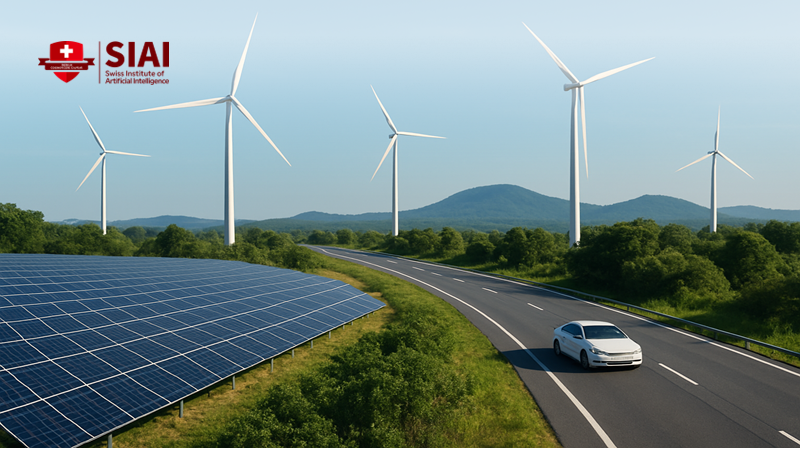
Thailand is pivoting to green-powered growth Its green shift loosens Asia’s oil dependence Education must fast-track clean energy skills For once, the most critical number in global energy comes from a country w
Read More
The sovereign green bond premium is tiny and unstable Real value comes from standards, disclosure, and crowding-in private capital Treat the greenium as a signal; cut project risk with credible frameworks and predictable pipelines
Read More

Certification helps but is narrow and assumes high natural diamond prices Lab-grown diamonds crush prices, shrinking conflict rents at the source Pair stronger traceability and sanctions with support for mining communities and education
Read More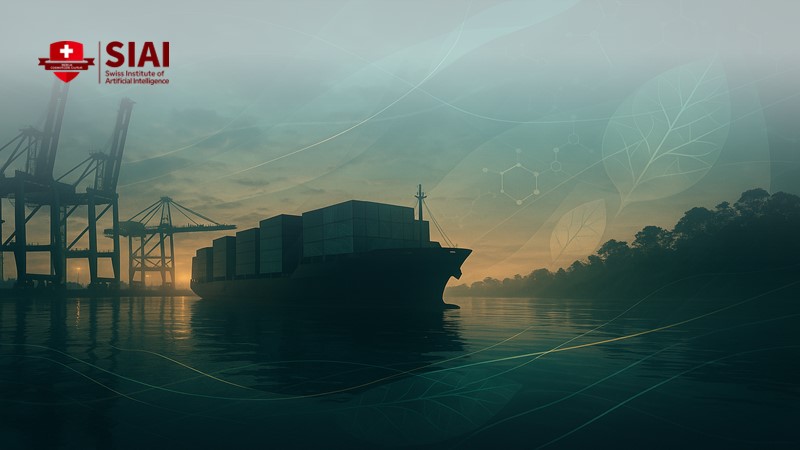
COP30 must set enforceable trade rules Join a carbon price-floor club with fair borders Recycle revenues and standardise carbon data to reward clean goods The most crucial climate figure this month is not another reco
Read More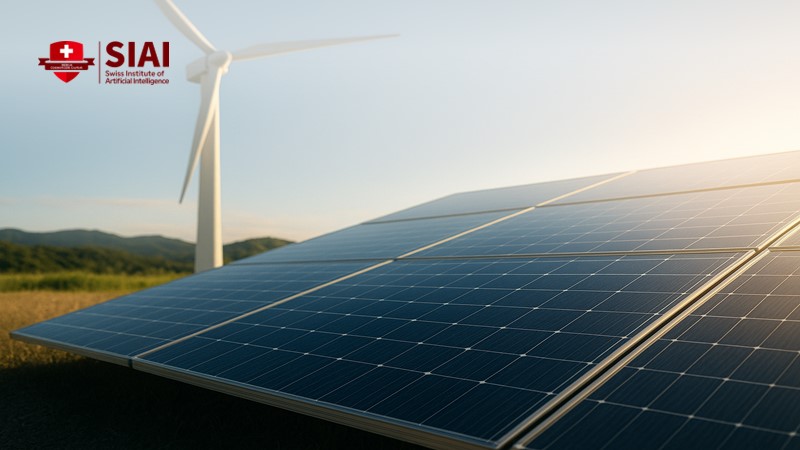
China’s clean-energy surge makes the 7–10% by 2035 a floor, not a ceiling Wind, solar, and EV scale are bending emissions down despite coal capacity With the U.S.
Read More
CRISPR cures are real, but access is narrow High costs, fragile care pathways, and shaky investment block scale Share risk on payment, build training and data networks, and enforce anti-eugenics rules to make gene editing access a public good
Read More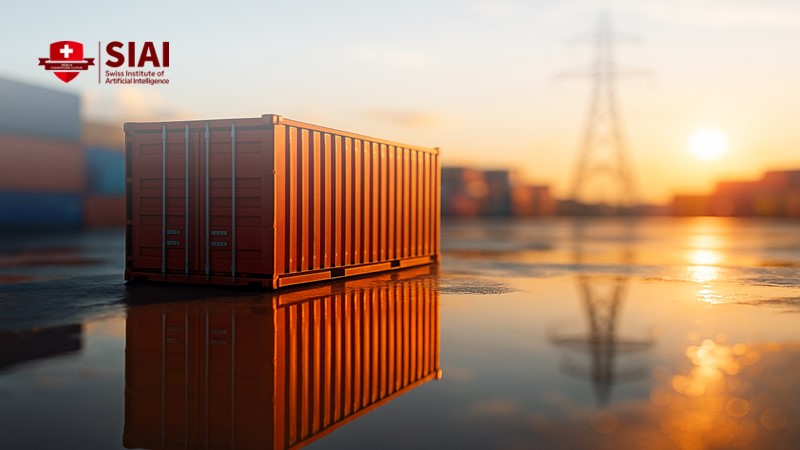
Climate spillover costs spread climate damage across borders and supply chains, not just disaster zones Standard models miss these externalities, so budgets and prices understate true risk Measure and price spillovers to fund resilience in education and public services now
Read More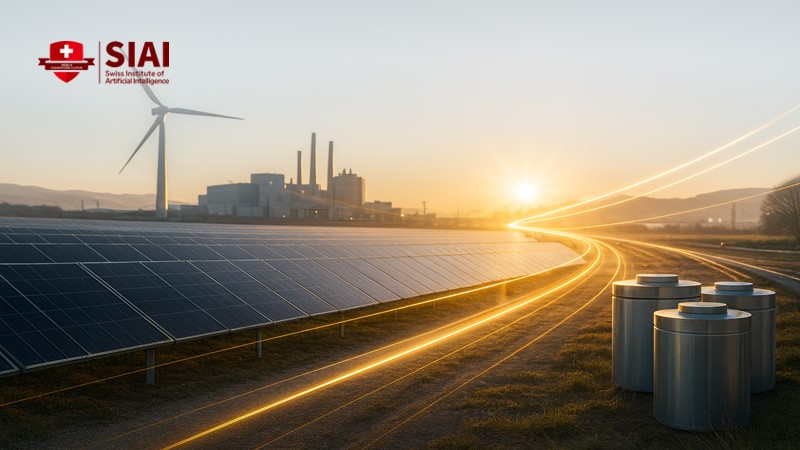
China’s green transition is driven by private equity, not state subsidies This market-led buildout cuts costs, lowers geopolitical risk, and is nudging emissions down Europe should use compliant Chinese solar and storage now while scaling its own niches and grids
Read More

A DNA search engine replaces lists with graph-native matching MetaGraph proves scalable, fast, accurate, and low-cost sequence search Education should adopt path-based search with strong data governance Public archives now hold
Read More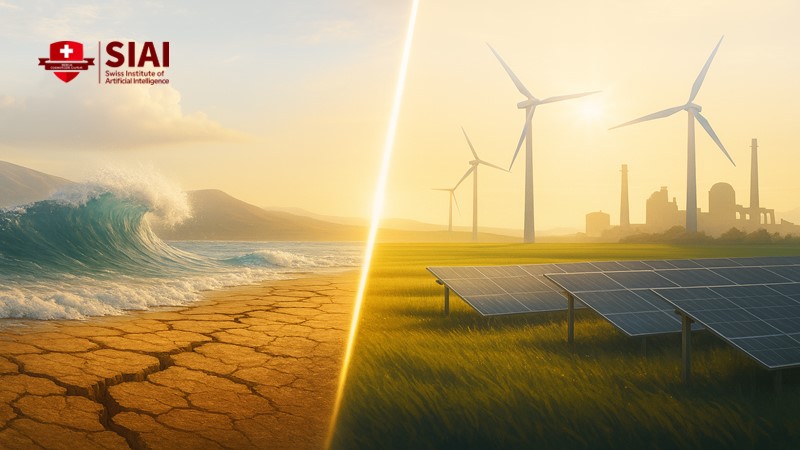
Physical and transition climate risks are orthogonal inside firms Physical risk is geographic and weather-driven; transition risk is policy- and profit-driven Teach and regulate with two dashboards, not one, so budgets and actions match each risk
Read More
Older adults lose billions to AI elder fraud each year Biology and deepfake tools amplify impersonation and urgency Add default friction—holds, verification, and reimbursements—to stop wires before money leaves In 2024, Americans
Read More
South America faces a $7.3T loss—about a 4% GDP drag—from unhealthy ageing Adopt longevity economics: prevention, midlife reskilling, and age-friendly work from 50–75 Tie funding to health and re-employment outcomes to turn ageing into a growth dividend
Read More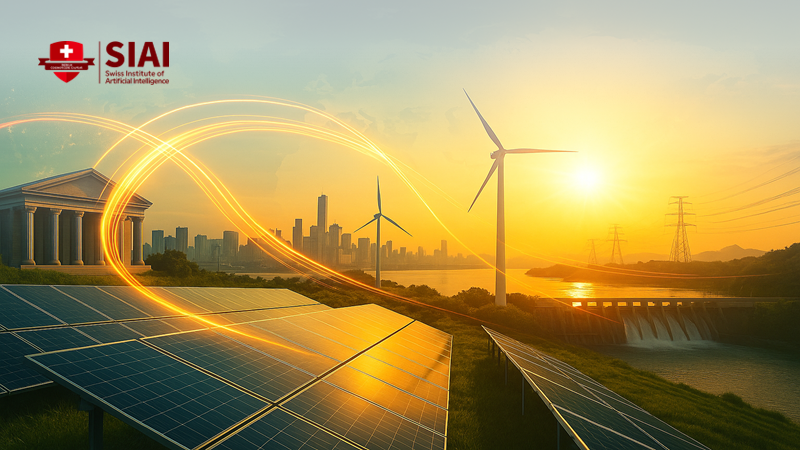
ESG moves markets only when rules are binding Subsidies, high capital costs, and weak enforcement favor fossils Make standards mandatory, de-risk finance, and train people to execute The number that tells the story is ninety.
Read More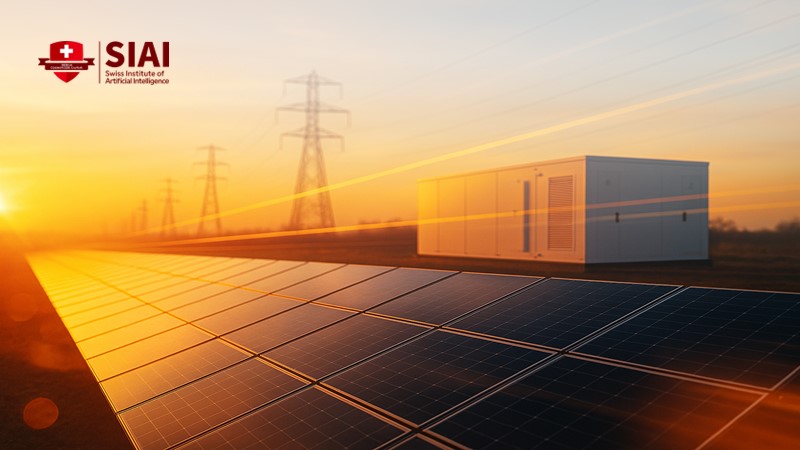
India can secure cheap, reliable evening power at $0.042/kWh with solar plus storage Tariffs and volatile fossil imports make firm renewables the safest growth path Scaling batteries and recycling ensures long-term energy security and stable prices
Read More
Cooling classrooms cuts heat-related learning loss but doesn’t reverse falling math scores Pair AC with ventilation, phone-off rules, and morning math blocks for bigger gains Treat HVAC as a policy for instruction and track outcomes to fund what truly boosts achievement
Read More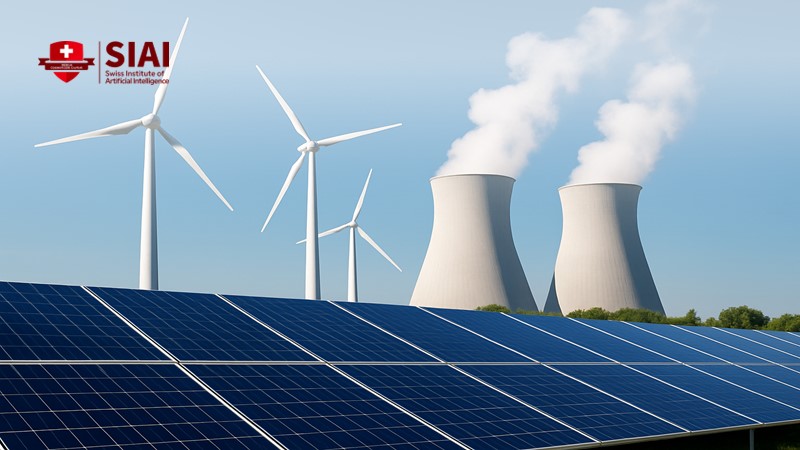

Eustress—purposeful, controllable challenge—appears to extend healthspan Evidence from royal lifespans and modern biology suggests agency under load, not early exit, supports longevity Replace hard retirement cutoffs with flexible, late-career roles that maximize autonomy, mentoring, and recovery
Read More











